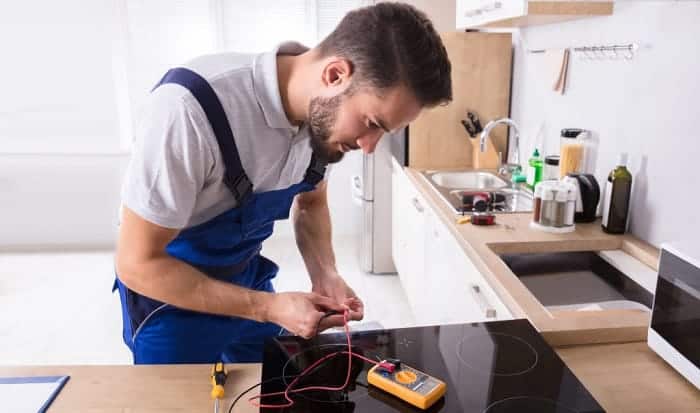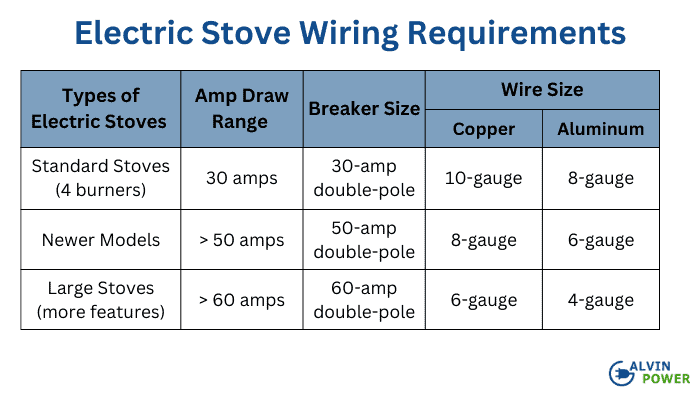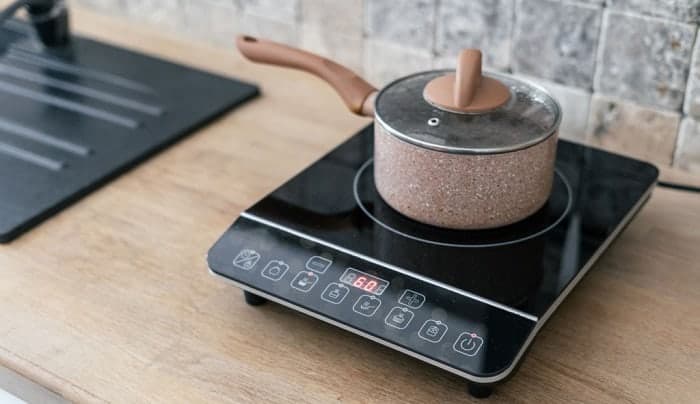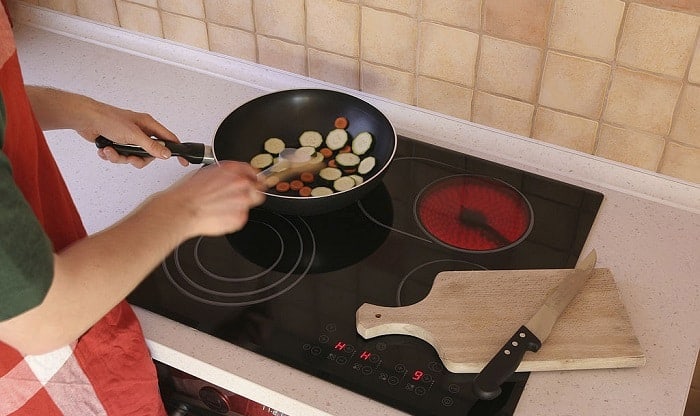Do you have the plan to install an electric stove in your house? Do you know what size breaker for the stove?
You must know what electric stove breaker size you need for your installation. So to understand the circuit breaker capacity your electric stove needs, you have to know its amp requirement. When you know the electric oven amp requirement, you can choose the correct range breaker size.
Read on to know more about how to choose the correct circuit breaker capacity for your electric stove. The question to “what size breaker do i need for an electric stove” is no longer hard to answer
Table of Contents
What Breaker Size Do I Need for an Electric Stove
The industry standard for an electric stove is a 50 amp double-pole circuit breaker. However, some electric stoves have more burners, a bigger oven, and extra features. These add-ons would entail a greater amp draw.
For example, the average electric stove with four burners can draw between 30 and 50 amps. However, bigger stoves with more features can draw greater than 60 amps.
| Types of Electric Stoves | Amp Draw Range | Breaker Size | Wire Size | |
| Copper | Aluminum | |||
| Standard Stoves (4 burners) |
30 amps | 30-amp double-pole |
10-gauge | 8-gauge |
| Newer Models | > 50 amps | 50-amp double-pole |
8-gauge | 6-gauge |
| Large Stoves (more features) |
> 60 amps | 60-amp double-pole |
6-gauge | 4-gauge |
Also, when adding a breaker for your electric stove, you should always consider the 80% rule. It means you can only use up to 80% of its supply capacity during continuous load. In addition to the breaker capacity, you also need to consider your wiring size. These are the two main factors that determine the amp capacity of your electrical circuit.
A 30 amp breaker for an electric stove with the appropriate wire size will not cause any faulty circuit—that is, as long as the stove’s amp requirement fits in your installed circuit. The recommended wire size for a 30-amp circuit breaker is 10 gauge wire. However, if you’re going to run a long cable from the breaker to the appliance, you may have to use an 8-gauge wire instead.
Although the 30-amp capacity is sufficient for older electric stoves, newer recent models may require 50 amps. If that is the case, you should use a 6-gauge wire with three conductors and a ground wire. That counts for a total of four electrical cables.
If you want to know more, watch this video by Benjamin Sahlstrom. Here he talks about the materials you need for an electric stove installation. Everything shown in the video conforms to industry standards and is based on a typical electric range.
Does an Electric Stove Need a Dedicated Circuit
Yes, an electric stove must have a dedicated circuit. Electric stoves have high amp requirements, meaning a 50-amp breaker offers just enough capacity. So if you install another appliance in the same circuit and use it simultaneously with your stove, it could exceed the breaker’s designed capacity and cause it to trip.
Professional electricians recommend that appliances drawing 30 amps or more must have a dedicated circuit. So if you have a 50-amp electric range, it must have an exclusive breaker. This is essential to avoid frequent overloading and breaker trips, preserve your electrical system’s life, and avoid potentially hazardous situations.
Read this article to learn more about the most common reasons why your stove keeps tripping the breaker.
How Much Electricity is Used By an Electric Stove
Most electric stoves have a capacity of 3,000 watts. At 13 cents per kWh, it would cost 39 cents an hour to run it at maximum power. So if you’re using an average electric stove, it wouldn’t cost you much—even if you run it all day long.
Do take note that the given price is just an estimated cost. It may vary depending on your location, state, and even time of day. Besides these, power consumption will also bank on your settings—a low-power setting to keep food warm will consume a lot less electricity than full blast cooking.
Conclusion
Knowing industry standards and your stove’s power draw will help you choose the correct circuit breaker. Remember to add the 20% margin once you find the electric range’s requirement. This way, you’ll have leeway and an additional layer of safety.
And when you’re wiring up your electric stove, remember to give it its dedicated breaker. You don’t want to have multiple high-powered appliances on one circuit—this could cause your breaker to trip unnecessarily and be a potential source of hazard.
So, did you find something interesting about this article? Do you now know what size breaker do I need for an electric stove? If you still have any questions, type them in the comments section, and I’ll try to get back to you.
Furthermore, Read the following article to choose the most proper breaker size for your appliance:

I am Edwin Jones, in charge of designing content for Galvinpower. I aspire to use my experiences in marketing to create reliable and necessary information to help our readers. It has been fun to work with Andrew and apply his incredible knowledge to our content.




